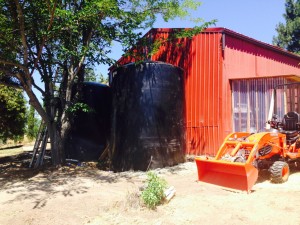 Big Butte Springs supplies the majority of the Rogue Valley, OR water needs. Water usage at local residences is typically more than three times higher during the summer than the winter.
Big Butte Springs supplies the majority of the Rogue Valley, OR water needs. Water usage at local residences is typically more than three times higher during the summer than the winter.
Can rainwater catchment help protect resources that attract tourism?
During the summer months, when water usage more than triples, Medford utilizes water from the Rogue River as well. Annual rainfall is 18.31 inches, with only 1.87 inches of rainfall during the dry season (June through September). A population of over 76,000 increases use dramatically during the summer months with tourism, contributing to the demand on water resources.
What are the effects of these demands on the river, the very attraction that draws tourists during those summer months? Could the effects of the increased “draw down” of the river affect the salmon run? What impact does this have on tourism for Medford, Oregon?
Conservation of a fragile ecosystem involves investing in alternative technologies (like rainwater catchment), changing or improving existing practices and implementing different measures to increase the sustainability of our resources. Protecting our natural environment while protecting jobs in a small town dependent on summer tourism can be achieved with small practical changes.
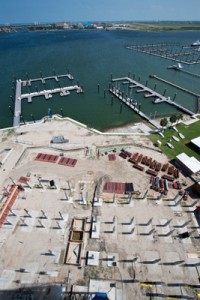 Seattle based RainBank Rainwater Collection Systems is heading to Galveston, Texas to build 4- large water tanks for the Sea Scouts of America. This $25 million, 8 acre compound will be seeking the highest LEED rating of Platinum.
Seattle based RainBank Rainwater Collection Systems is heading to Galveston, Texas to build 4- large water tanks for the Sea Scouts of America. This $25 million, 8 acre compound will be seeking the highest LEED rating of Platinum.
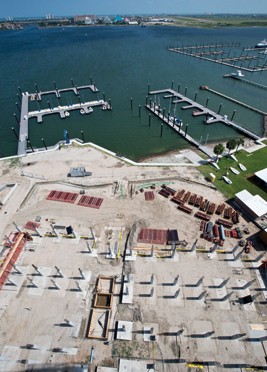
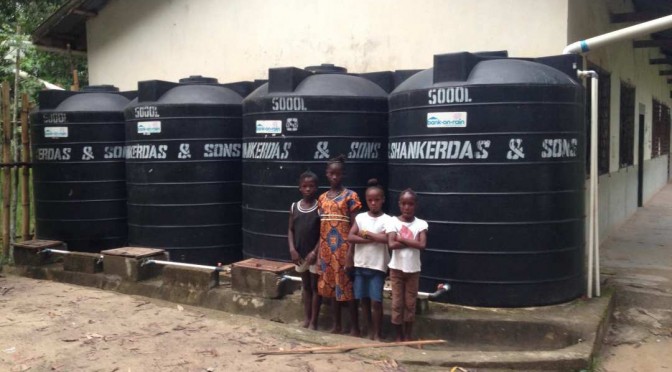
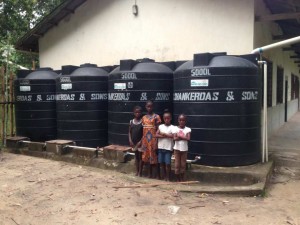 RainBank is very pleased to announce that its submitted photo was accepted for inclusion in the new American Rainwater Catchment Systems Association marketing brochure.
RainBank is very pleased to announce that its submitted photo was accepted for inclusion in the new American Rainwater Catchment Systems Association marketing brochure.
 Big Butte Springs supplies the majority of the Rogue Valley, OR water needs. Water usage at local residences is typically more than three times higher during the summer than the winter.
Big Butte Springs supplies the majority of the Rogue Valley, OR water needs. Water usage at local residences is typically more than three times higher during the summer than the winter.